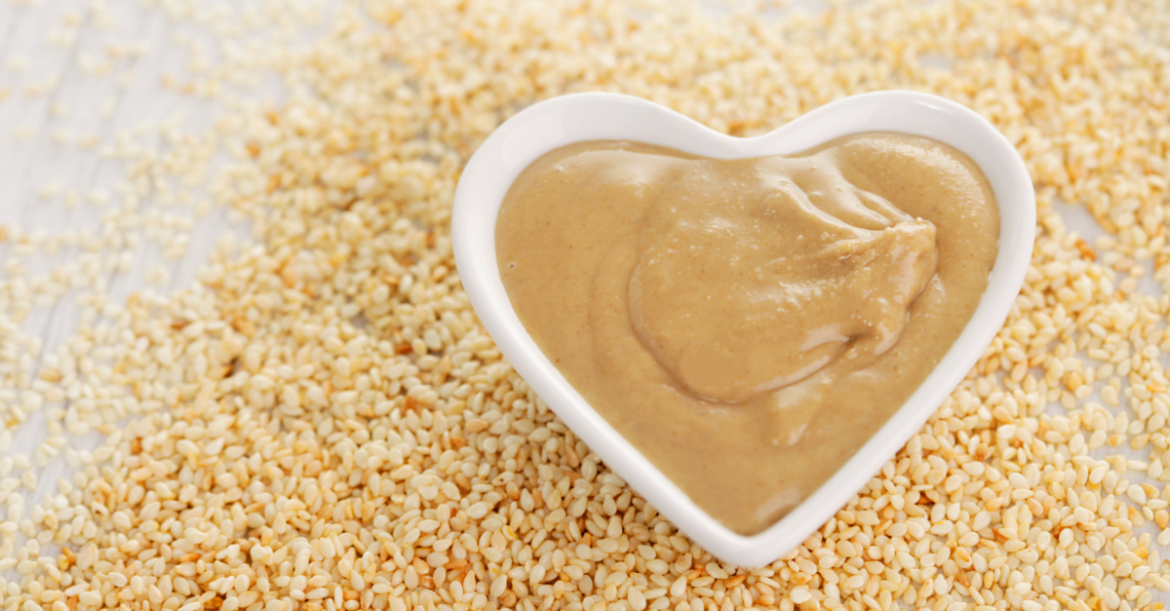If you’re the type that grabs a serving spoon and takes a generous scoop of smooth organic peanut butter when you’re feeling a little peckish, or hungry, you’ll probably find that you’ll love tahini too.
There’s a lot to say for this creamy colored condiment, not only is its nutty flavor delicious, but it has plenty of health benefits and can be used in a variety of dishes.
Traditionally used in Turkish, Greek and North African cuisine, tahini is a paste made from sesame seeds and is available hulled or unhulled. Unhulled tahini is the most nutritious as it’s made from the whole sesame seed, whereas hulled tahini is usually stripped leaving minimal nutrients.
Unhulled tahini is packed with health benefits, not only is it rich in minerals including calcium, iron, copper, phosphorous, thiamin and magnesium, but it’s also high in vitamins E, B1, B2, B3, B5 & B15. In one tablespoon of tahini, there is 89 calories, containing 3 grams of protein and 1 gram of dietary fiber. With all of these nutrients and minerals, tahini proves to be quite the health booster, especially in the way of cardiovascular, brain, vascular and respiratory health.
Copper has anti-inflammatory agents that are linked to reliving pain and swelling. Copper also maintains healthy bones and blood vessels, which influences your energy levels. The mineral phosphorous is principal to the strength of your bones and teeth. Magnesium assists in lower blood pressure and lastly thiamin, aids your digestion, muscles and nervous system.
And the good news is, there is a bunch of ways that you can incorporate tahini into your meals. Try splashing it on your salads as a dressing or use it as a dip to go with some freshly cut vegetables as a mid afternoon snack. It’s also commonly used as a sauce on meats such as freshly baked fish or with a tasty beef shawarma – Bon Appétit!
 Food
Food Farmers
Farmers Sustainable Living
Sustainable Living Living Planet
Living Planet News
News